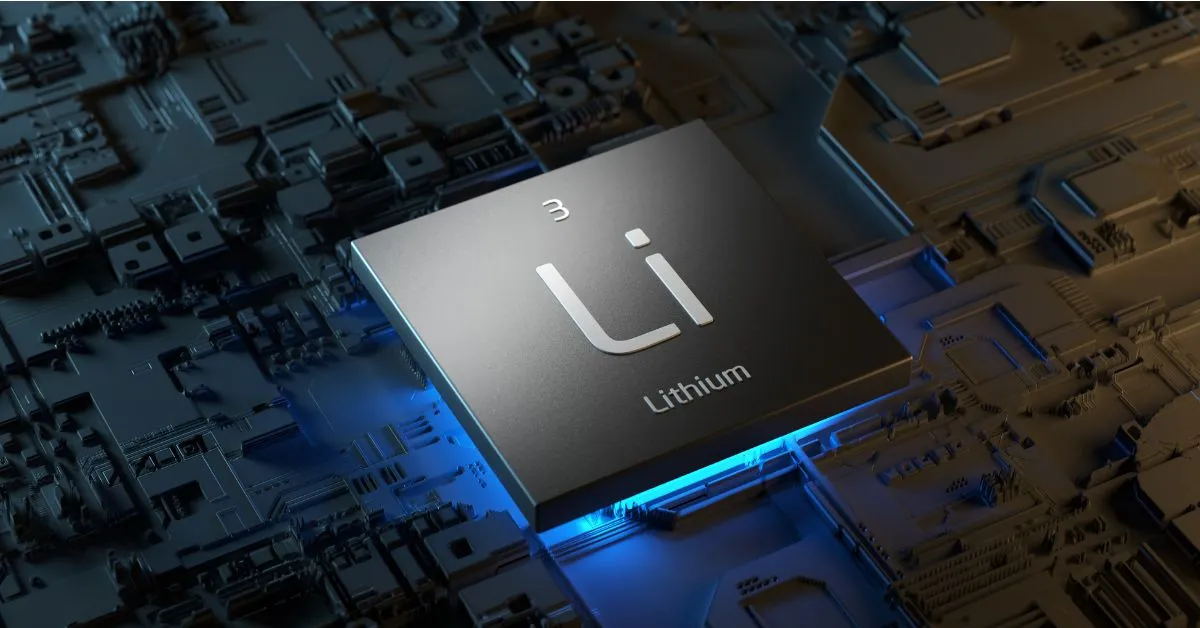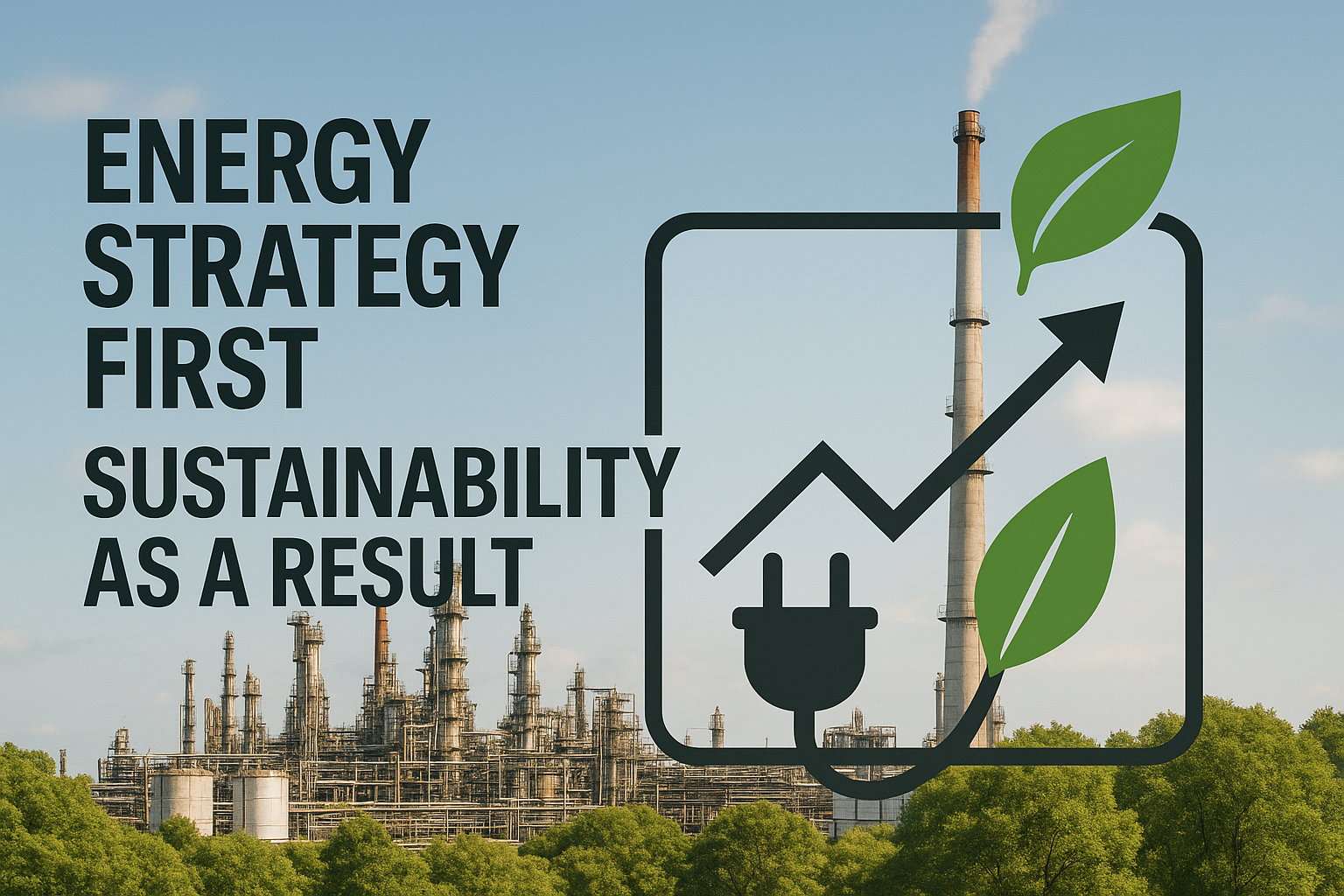Conventional flotation circuits still send around 15% of recoverable lithium to tailings, eroding margins when every kilogram counts. Demand continues to climb as energy-storage and EV producers scale up, with potential deficits likely to emerge due to growing demand and project delays. Commodity price reporting agency Fastmarkets forecasts inventories will tighten, and geopolitical frictions add another layer of price risk.
You must extract more value from the ore you already mine, curb energy use, and ship battery-grade product on the first pass. Advanced AI techniques offer a path forward, learning from your plant data and acting in real time to lift recovery, trim power-hungry unit operations, and safeguard quality, often without new hardware.
This article explores three proven, revenue-boosting applications: maximizing flotation recovery, reducing energy waste in comminution and kilns, and eliminating off-spec product that triggers costly rework.
Maximizing Lithium Recovery with Closed-Loop AI Control
If you run a hard-rock lithium concentrator, you know that even a well-tuned flotation circuit still lets valuable spodumene drift into tailings. Industry guides on froth-flotation spodumene processing explain how changing ore chemistry, reagent performance, and pH swings all create constraints that push recoveries down and costs up. Each percentage point of lithium left behind translates into lost product you have already mined, crushed, and milled—effectively writing off millions in potential revenue every year.
A Closed Loop AI Optimization solution addresses that loss directly. By streaming plant data—reagent dosage, ore grade, pulp density, pH, air flow, residence time—into an AIO solution, the model predicts the flotation sweet spot for every minute of operation. It then writes set-point moves directly to the DCS or APC, steering froth depth or collector addition without waiting for operator intervention. Because the model retrains on fresh data, it quickly adapts to weather-driven ore moisture or a mid-shift feed change.
A modern Closed Loop AI Optimization platform has the potential to deliver similar value capture in lithium flotation, as seen in other process units. Plants may unlock meaningful improvements in lithium recovery, which could translate into substantial additional annual cash flow. Because the optimization runs continuously, it helps reduce shift-to-shift variability and can raise the baseline performance of front-line operations.
Reducing Energy Waste in Comminution and Pyroprocessing
While flotation optimization recovers more lithium, energy optimization tackles the largest cost center in hard-rock processing. Grinding and calcination are among the most energy-intensive steps, making every wasted kilowatt a direct hit to margins. Traditional PID control causes SAG and ball mills to oscillate between under-loading and overloading conditions, while rotary kilns struggle with temperature drift that requires excess fuel.
Closed Loop AI Optimization maintains optimal operating conditions across the circuit. In comminution, algorithms monitor motor power, feed rate, particle size, and ore moisture in real time. The system adjusts mill speed and media load to maintain optimal torque levels, preventing oversize particles from recycling and eliminating unnecessary energy consumption.
The same approach applies to calcination. AI modulates fuel flow, secondary air, and kiln rotation to maintain conversion temperatures within tight tolerances. This eliminates the temperature swings that typically demand energy-intensive corrections. Continuous equipment monitoring identifies bearing wear or refractory hot spots early, scheduling repairs before a failure forces costly restarts.
The system relies on data tags such as power draw, kiln temperature, and oxygen levels, commonly available in most plant historians, while particle size distribution and ore moisture may require additional instrumentation. These high-frequency signals transform into lower operating costs and higher throughput without additional instrumentation.
Eliminating Off-Spec Product and Costly Rework
Even with optimized recovery and energy efficiency, off-spec product can still devastate margins. When lithium carbonate drifts outside strict purity, moisture, or particle-size limits, it becomes off-spec and either gets discounted or recycled through the plant—a direct hit to margins and throughput. The root cause often lies in subtle process upsets that traditional control strategies miss until lab results arrive hours later.
An AIO solution closes that gap by feeding real-time sensor data—slurry density, crystallizer temperature, dryer airflow—into models trained on your historical quality records. The models learn how each variable affects impurity levels and particle morphology, then write set-point moves straight to your DCS to steady the crystallizer, centrifuge, and dryer before off-spec product forms. The loop runs continuously, shielding you from operator fatigue and shift-to-shift variability.
Quality extends beyond process control. Computer vision now scans electrodes and separator films for micro-defects that escape human detection, flagging anomalies in milliseconds. Plants applying this approach in cathode precursor production have suppressed nickel leaching and slashed defect rates, saving more than two billion annually while improving yield. Market analysts predict that similar industrial AI deployments can trim off-spec output by at least 2%, preserving product value and freeing capacity for saleable tonnes.
By letting data-driven control guard every batch, you convert expensive rework into extra revenue and deliver more consistent product to battery customers.
Practical AI Optimization Tips for Lithium Processors
Before diving into full-scale AI implementation, consider these practical steps that can boost your success:
- Start with data quality assessment. Audit your existing instrumentation for calibration issues and signal gaps. Focus first on critical measurements like pH, pulp density, and collector flow rates in flotation circuits. Even simple signal validation can prevent costly AI false starts.
- Identify high-variance processes by analyzing historian data from the past six months. Look for units where operators frequently make manual adjustments—these are prime candidates for AI control that will deliver immediate value.
- Map your control hierarchy to understand interactions between process variables. For example, calciner temperature affects both conversion rate and energy consumption. Document these relationships to guide your optimization priorities.
- Establish clear baseline metrics before any AI deployment. Measure current recovery rates, energy consumption per ton, and off-spec percentages across different ore types and operating conditions. Without this baseline, ROI becomes impossible to verify.
- Engage operators early through hands-on workshops. Their process knowledge is invaluable for model development, and their buy-in is essential for implementation success. Have them document “tribal knowledge” that influences their control decisions.
- Start with a bounded pilot on a single unit operation with clear KPIs. A three-month proof-of-concept on flotation cell optimization can demonstrate value before expanding to energy or quality systems.
- Build a multi-disciplinary team including operations, maintenance, process engineering, and IT. This prevents disconnects between AI capabilities and practical implementation constraints.
These practical steps can accelerate your AI journey and maximize returns while minimizing implementation risk.
Final Thoughts
The lithium processing industry stands at a critical juncture where maximizing recovery, optimizing energy usage, and ensuring consistent product quality are essential for maintaining competitiveness in a tightening market. AI-powered optimization offers a proven path to address these challenges simultaneously without major capital investments. By implementing Closed Loop AI Optimization (AIO) models that adapt in real time, lithium processors can recover more value from existing operations while reducing energy consumption.
The combined impact of these optimization strategies—enhanced flotation recovery, energy efficiency in comminution and kilns, and elimination of off-spec product—creates a compelling economic case for AI adoption, positioning companies to better weather market volatility and supply constraints as the industry moves toward more sustainable and efficient processing methods.
Ready to explore what AI optimization could do for your operation? Request an no-obligation assessment to identify where Closed Loop AI can deliver the most impact across your lithium processing circuit.




